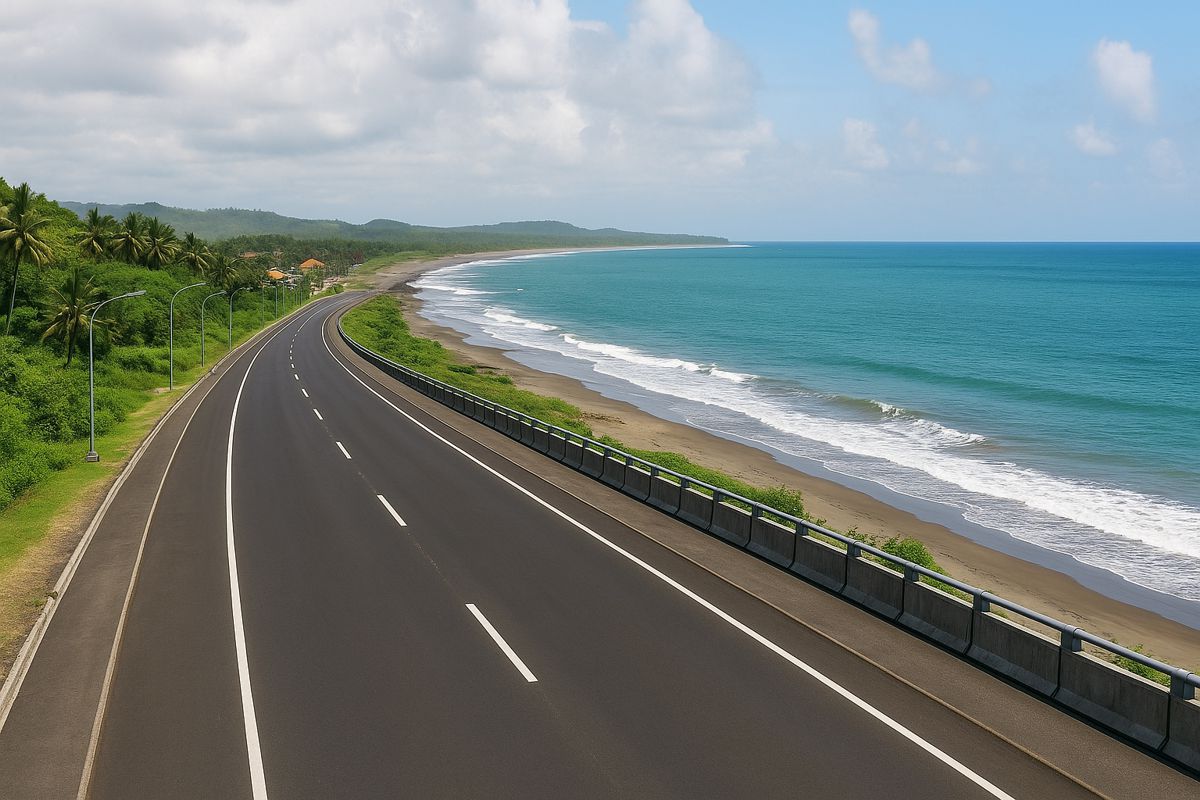The California Energy Commission is investing in a US$2 million study to see whether piezoelectric crystals can be used to produce electricity from the mechanical energy created by vehicles driving on roads.
Thousands of piezoelectric crystals could be embedded in the road to convert mechanical energy from the weight of passing vehicles into electricity. It is estimated that piezoelectric crystals laid on a 10 mile stretch of road could power a small city of over 100,000 people.
California has mandated that 50 per cent of its electricity must be generated with renewable sources by 2030 and the successful implementation of piezoelectric roads are a way of meeting this goal. New York University estimates 3,632 pollution related deaths a year in California could be prevented with cleaner air.
Currently, California is on target to reach 25 percent of its 50 percent renewables target by the end of the year.

The California Energy Commission is in the process of choosing a company or a university to take on small-scale field tests to study how the small crystals, which generate energy when compressed, could produce electricity for the grid if installed under asphalt.
Scientists already know that the technology works as it has been in use since World War II, but never in a large-scale project. The state needs to figure out whether it can produce high returns without costing too much. Similar projects in other parts of the world have been discontinued.
“It’s not hard to see the opportunity in California,” said Mike Gravely, the California Energy Commission’s deputy division chief of energy research and development. “It’s an energy that’s created but is just currently lost in vibration.”
Los Angeles assembly member Mike Gatto who originally proposed the project, said “I still get stopped on the street by people who ask what happened to the idea of using our roads to generate electricity. California is the car capital of the world and we recycle just about everything. So why not capture the energy from road vibrations and put it to good use? Thirty years ago, no one would have believed that black silicon panels in the desert could generate ‘solar’ power. Piezoelectric technology is real and I am glad the state has finally acknowledged its potential in becoming an energy source.”
“No longer is driving just the act of using energy. Maybe it’s also part of the process of generating it,” said Paul Bunje, a scientist at a Los Angeles-based non-profit organisation that funds technological developments – and the former founding director of UCLA’s Centre for Climate Change Solutions.
In Japan, all the displays at the East Japan Railway Tokyo station have been powered by people walking on the piezoelectric flooring since 2009.




















